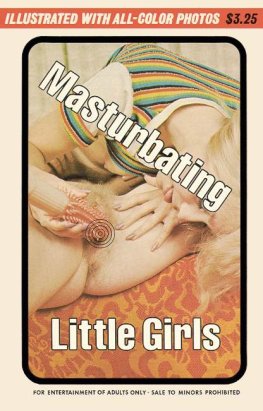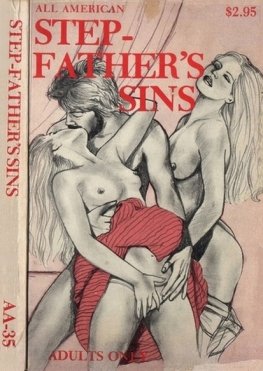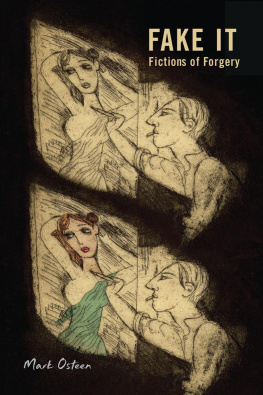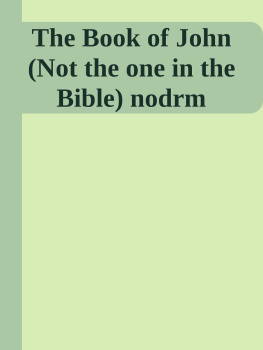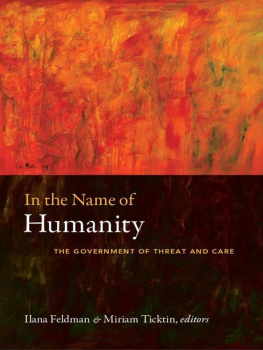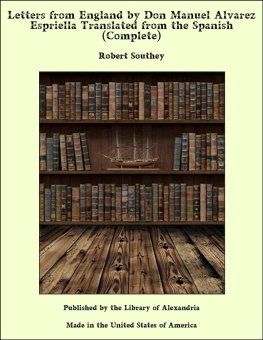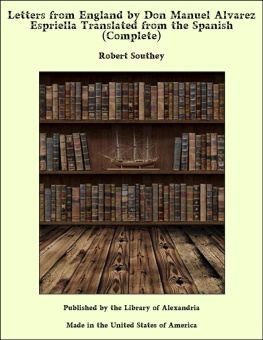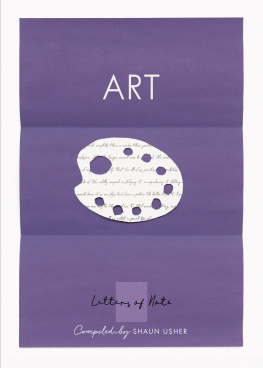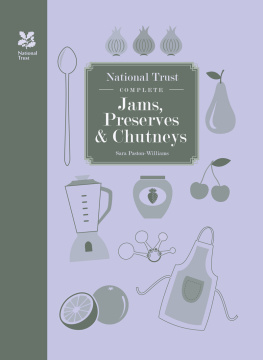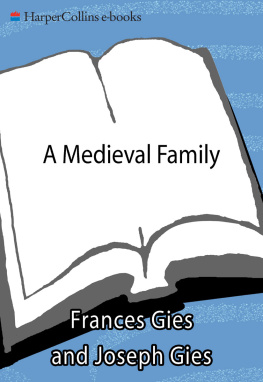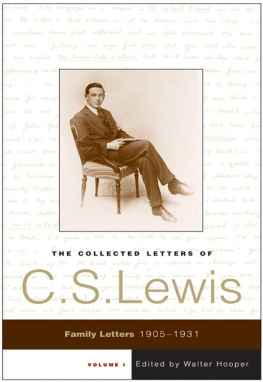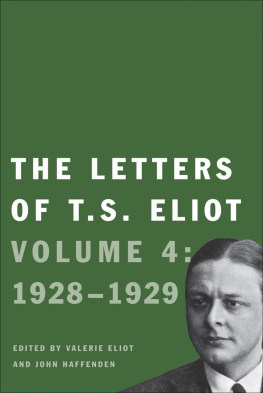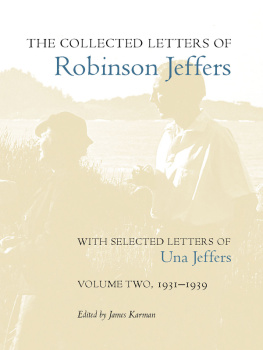This text uses UTF-8 (Unicode) file encoding. If the apostrophes and quotation marks in this paragraph appear as garbage, you may have an incompatible browser or unavailable fonts. First, make sure that your browsers character set or file encoding is set to Unicode (UTF-8). You may also need to change the default font.
The Gairdner edition of the Paston Letters was printed in six volumes. Each volume is a separate e-text; Volume VI is further divided into two e-texts, Letters and Index.
All brackets are in the original, as are parenthetical question marks and (sic) notations. Series of dots representing damaged text are shown as printed. Note that the printed book used z to represent original yogh . This has not been changed for the e-text. The copy number (first page of each volume) is hand-written.
Footnotes have their original numbering, with added page number to make them usable with the full Index. They are grouped at the end of each section of the text.
Typographical errors are marked with mouse-hover popups, and are listed again at the end of the Letter, after any footnotes. In the primary text, errors were only corrected if they are clearly editorial, such as missing italics, or mechanical, such as u-for-n misprints. Italic d misprinted as a was a recurring problem. The word invisible means that there is an appropriately sized blank space, but the letter or punctuation mark itself is missing.
If you are comfortable typing directly into your browsers address bar, you can go straight to any page in this volume. Simply add #pageN to the end of the file name, where N is the page number(without leading zero).
Project Gutenberg has the other volumes of this work.
Volume II: see http://www.gutenberg.org/files/40989/40989-h/40989-h.htm
Volume III: see http://www.gutenberg.org/files/41024/41024-h/41024-h.htm
Volume IV: see http://www.gutenberg.org/files/41081/41081-h/41081-h.htm
Volume V: see http://www.gutenberg.org/files/42239/42239-h/42239-h.htm
Volume VI, Part 1 (Letters, Chronological Table): see http://www.gutenberg.org/files/42240/42240-h/42240-h.htm
Volume VI, Part 2 (Index): see http://www.gutenberg.org/files/42494/42494-h/42494-h.htm
This edition, published by arrangement with Messrs. Archibald Constable and Company, Limited , is strictly limited to 650 copies for Great Britain and America, of which only 600 sets are for sale, and are numbered 1 to 600.
No......
THE PASTON LETTERS
A.D. 1422-1509
The text of the title page is shown at the end of the file.
Edinburgh: T. and A. Constable , Printers to His Majesty
First publication of the Letters.
Public attention was first drawn to the Paston Letters in the year 1787, when there issued from the press two quarto volumes with a very lengthy title, setting forth that the contents were original letters written by various persons of rank and consequence during the reigns of Henry VI. , Edward IV. , and Richard III. The materials were derived from autographs in the possession of the Editor, a Mr. Fenn, of East Dereham, in Norfolk, who was well enough known in society as a gentleman of literary and antiquarian tastes, but who had not at that time attained any great degree of celebrity. Horace Walpole had described him, thirteen years before, as a smatterer in antiquity, but a very good sort of man. What the great literary magnate afterwards thought of him we are not informed, but we know that he took a lively interest in the Paston Letters the moment they were published. He appears, indeed, to have given some assistance in the progress of the work through the press. On its appearance he expressed himself with characteristic enthusiasm:The letters of Henry VI. s reign, etc., are come out, and to me make all other letters not worth reading. I have gone through one volume, and cannot bear to be writing when I am so eager to be reading.... There are letters from all my acquaintance, Lord Rivers, Lord Hastings, the Earl of Warwick, whom I remember still better than Mrs. Strawbridge, though she died within these fifty years. What antiquary would be answering a letter from a living countess, when he may read one from Eleanor Mowbray, Duchess of Norfolk?
So wrote the great literary exquisite and virtuoso, the man It was natural enough that an age which took this view of the matter should have preferred the forgeries of Chatterton to the most genuine productions of the fifteenth century. The style of the Paston Letters, even if it had been the most polished imaginable, of course could not have exhibited the polish of the eighteenth century, unless a Chatterton had had some hand in their composition.
General interest in the work.
Yet the interest excited by the work was such that the editor had no reason to complain of its reception. The Paston Letters were soon in everybodys hands. The work, indeed, appeared under royal patronage, for Fenn had got leave beforehand to dedicate it to the King as the avowed patron of antiquarian knowledge. This alone had doubtless some influence upon the sale; but the novel character of the publication itself must have excited curiosity still more. A whole edition was disposed of in a week, and a second edition called for, which, after undergoing some little revision, with the assistance of Mr. George Steevens, the Shakspearian editor, was published the same year. Meanwhile, to gratify the curious, the original MS. letters were deposited for a time in the Library of the Society of Antiquaries; but the King having expressed a wish to see them, Fenn sent them to Buckingham Palace, then called the Queens Palace, requesting that, if they were thought worthy of a place in the Royal Collection, His Majesty would be pleased to accept them. They were accordingly, it would seem, added to the Royal Library; and as an acknowledgment of the value of the gift, Fenn was summoned to Court, and received the honour of knighthood.
But the two volumes hitherto published by Fenn contained only a small selection out of a pretty considerable number of original letters of the same period in his possession. The reception these two volumes had met with now encouraged him to make a further selection, and he announced with his second edition that another series of the Letters was in preparation, which was to cover the same period as the first two volumes, and to include also the reign of Henry VII. Accordingly a third and fourth volume of the work were issued together in the year 1789, containing the new letters down to the middle of Edward IV. s reign. A fifth and concluding volume, bringing the work down to the end of Henry VII. s reign, was left ready for publication at Sir John Fenns death in 1794, and was published by his nephew, Mr. Serjeant Frere, in 1823.
Of the original MSS. of these letters and their descent Fenn gives but a brief account in the preface to his first volume, which we will endeavour to supplement with additional facts to the best of our ability. The MSS. The letters, it will be seen, were for the most part written by or to particular members of the family of Paston in Norfolk. Here and there, it is true, are to be found among them State papers and other letters of great interest, which must have come to the hands of the family through some indirect channel; but the great majority are letters distinctly addressed to persons of the name of Paston, and in the possession of the Pastons they remained for several generations. In the days of Charles II. the head of the family, Sir Robert Paston, was created Earl of Yarmouth; but his son William, the second bearer of the title, having got into debt and encumbered his inheritance, finally died without male issue, so that his title became extinct. While living in reduced circumstances, he appears to have parted with a portion of his family papers, which were purchased by the great antiquary and collector, Peter Le Neve, Norroy King of Arms. by which he bequeathed his MSS. to the erudite Dr. Tanner, afterwards Bishop of St. Asaphs, and Thomas Martin of Palgrave; but this bequest was subject to the condition that within a year after his death they should procure a good and safe repository in the Cathedral Church of Norwich, or in some other good and public building in the said city for their preservation, the object being to make them at all times accessible to those who wished to consult them. The condition, however, was not fulfilled, and the bequest would naturally have become null; but honest Tom Martin of Palgrave (to give him the familiar name by which he himself desired to be known) married the widow of his friend, and thus became possessed of his MSS. by another title.



